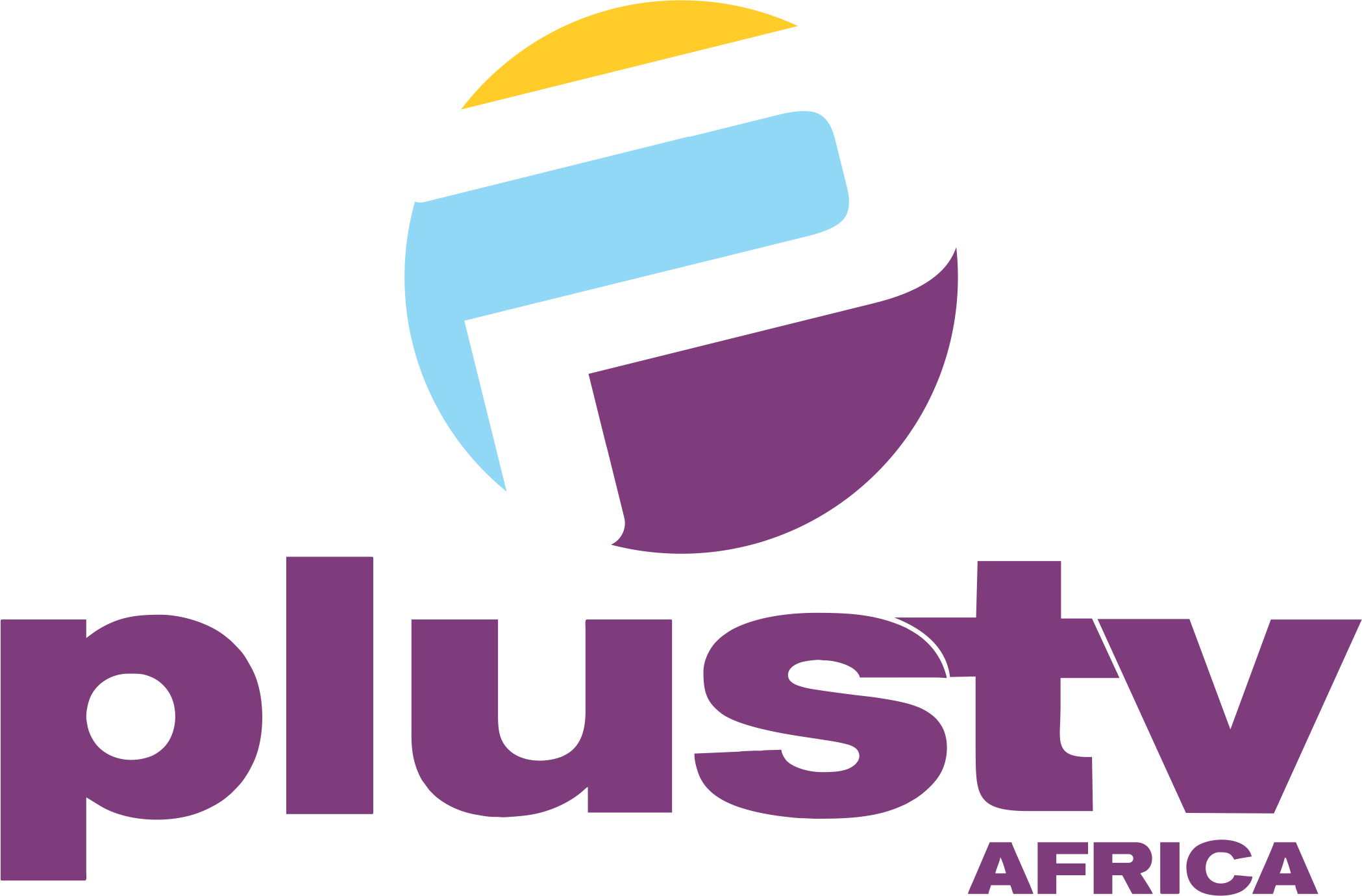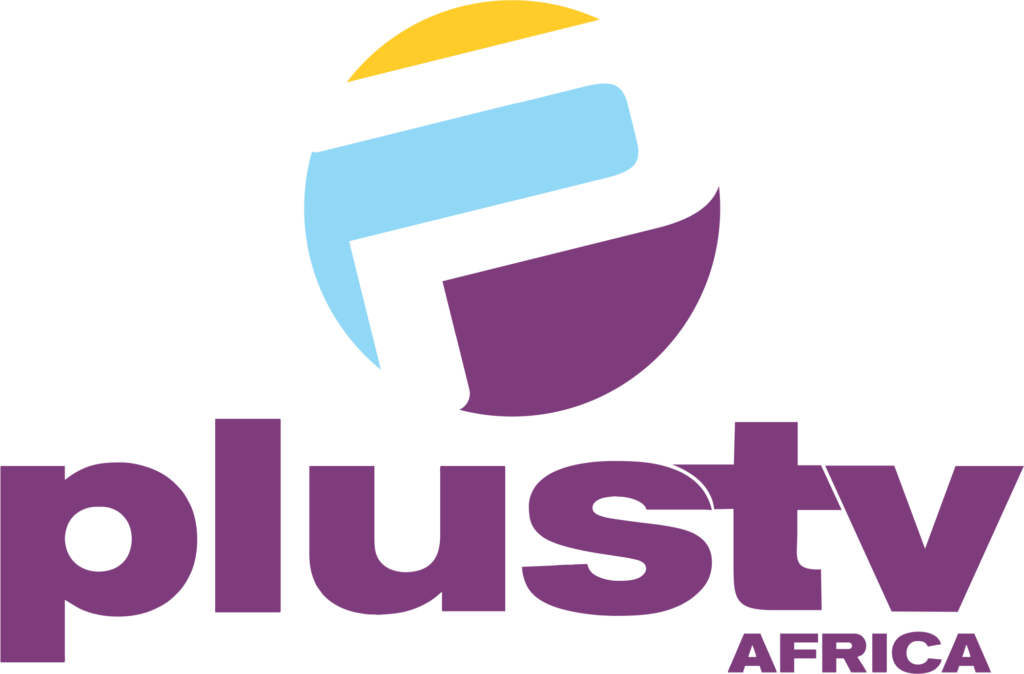Blockchain, the powerhouse behind Bitcoin – the digital currency taking the world by storm, can be a BlackBox to many but if you’re reading this, we hope it won’t anymore when you are done.
So simply put, Blockchain refers to a place where a large collection of data can be stored in an orderly manner, like a database but way better. A database typically stores data in a table format that allows for easy accessibility of data such as searching or filtering of information.
What really sets blockchain apart from traditional database platforms is the manner the data is structured. The data stored in databases are usually stored in blocks and groups information together in a chain, sort of how it got its naming convention. Once a block is filled out, the information within them are chained onto the next block and so on.
In addition, the data stored within each blocks are timestamped and immutable, meaning they cannot be changed, once they are, the cipher also changes. This characteristic makes blockchain extremely secure allows for it to be decentralised which is why Bitcoin is heavily distributed.
Since each block of data holds information from its pre-existing block of data, it is very cumbersome to tamper with data in a single block as it simply won’t match with others in the chain and can easily be discarded.
Ultimately the main aim of blockchain is to allow data be widely distributed but not easily modified. The technology was first created by two researchers, Stuart Haber and W. Scott Stornetta in 1991. Bitcoin is the first real application of Blockchain and was started by Satoshi Nakamoto.
Some of the major benefits of Blockchain include accuracy, decentralization, reduced third-party costs, privacy, and secure exchanges while some of the major disadvantages of blockchain include: the threat of deregulation, slow speed of execution, many have exploited it for illegal transactions a.k.a – Silk Road, the fact that it is technologically intensive and costs quite a bit of money.
With these few points, we hope you understand blockchain a little bit better than before





